Comet API Blog
The CometAPI Blog shares practical guides and updates on mainstream
AI models to help developers get started quickly and integrate them efficiently.
Can I Run Stable Diffusion Without a GPU
Stable Diffusion has revolutionized the field of generative AI, making high-quality text-to-image synthesis accessible to a wide range of users. Traditionally, running Stable Diffusion locally has required a discrete graphics processing unit (GPU) due to the model’s heavy computational demands. However, recent developments in software toolkits, hardware architectures, and community-driven optimizations have begun to shift […]
Which GPT Model Excels at Mathematical Problem-Solving?
Among its many applications, solving mathematical problems remains one of the most challenging tasks for large language models (LLMs).With multiple generations of GPT models and reasoning-focused “o‑series” models released by OpenAI and competitors, practitioners must decide which model best suits their mathematical needs. Why Mathematical Performance Matters Mathematical reasoning is a cornerstone of many applications—ranging […]
What is the Best AI Image Generators? (As of July 2025)
AI image generator have become indispensable tools for artists, designers, marketers, and researchers, transforming text prompts into vivid visuals in seconds. With rapid advances in model architectures, training data, and deployment options, the question “Which AI image generator is best?” no longer has a one‑size‑fits‑all answer. Instead, the “best” choice depends on factors such as […]
4 Types of API Protocols & Architectures: All You Need to Know
APIs (Application Programming Interfaces) form the backbone of modern software architectures, enabling disparate systems to communicate seamlessly. As organizations increasingly adopt microservices, cloud-native designs, and real‐time applications, understanding the different API types—and their evolving landscapes—has never been more critical. In this article, we explore the four primary API styles—REST, GraphQL, gRPC, and SOAP—framed as questions […]
Kling 2.1 vs Google veo 3: A Comparative Analysis
You’ve probably come across two names making waves recently When you’re diving into AI video generation: Kling 2.1 and Veo 3, Google DeepMind’s most advanced text-to-video model. In this article, we’ll walk through their key features, performance, ease of use, and real-world applications—so you can decide which one fits your creative toolbox best. What can […]
How to Prompt Veo 3?
I’m thrilled to dive into Veo 3, Google DeepMind’s groundbreaking AI video generation model. Over the past week, Veo 3 has dominated headlines, social feeds, and creative conversations. From satirical reels roasting influencer culture to mock pharmaceutical ads that feel startlingly real, creators and marketers alike are experimenting with Veo 3’s uncanny ability to translate […]
How to Use Google Gemini on Your Phone
Google Gemini marks a new era in mobile AI, offering powerful conversational capabilities integrated deep into Android and iOS environments. Whether you’re sending messages hands‑free, managing your calendar, or organizing photos through natural language, Gemini aims to be your go‑to assistant for everyday tasks. This comprehensive guide walks you through everything from initial setup to […]
Claude Code Hooks: What is and How to Use It
Anthropic’s Claude Code Hooks represent a significant advancement in AI-driven development workflows, enabling deterministic extension and customization of Claude Code’s behavior. Released on June 30, 2025, this feature empowers developers to inject custom shell commands at specific lifecycle events, ensuring repeatable, automated actions rather than relying solely on the model’s discretion . In this article, […]
Midjourney V1 video: Price and Compare to Competitors
Midjourney’s introduction of its first video generation model,Midjourney V1 Video (V1), marks a pivotal moment in the evolution of AI-driven creativity. By enabling users to animate still images into 5‑second video clips, Midjourney bridges the gap between static visual art and dynamic storytelling. Below is an in‑depth, professionally structured exploration of Midjourney V1 Video—covering its […]
What is o4-mini-high? All You Need to Know
In April 2025, OpenAI introduced two new reasoning-focused language models—o3 and o4‑mini—marking a significant evolution in generative AI’s ability to “think” before replying. Among these, the o4‑mini model—and its enhanced variant, o4‑mini‑high—has garnered attention for combining compactness, speed, and tool‐enabled reasoning. What is o4-mini-high? Definition and Context OpenAI’s o4-mini-high is a variant of the o4-mini […]
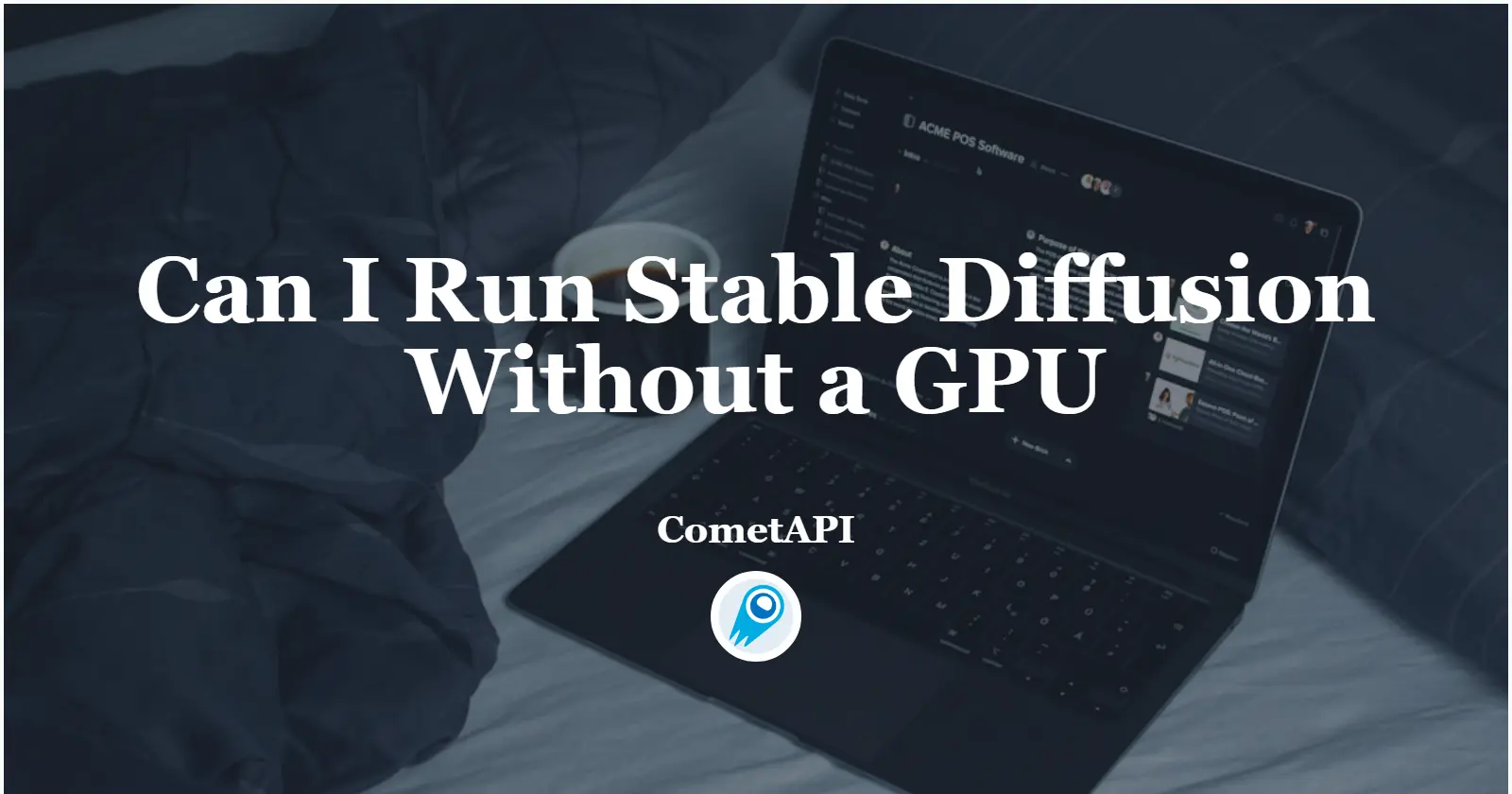
Can I Run Stable Diffusion Without a GPU
Stable Diffusion has revolutionized the field of generative AI, making high-quality text-to-image synthesis accessible to a wide range of users. Traditionally, running Stable Diffusion locally […]
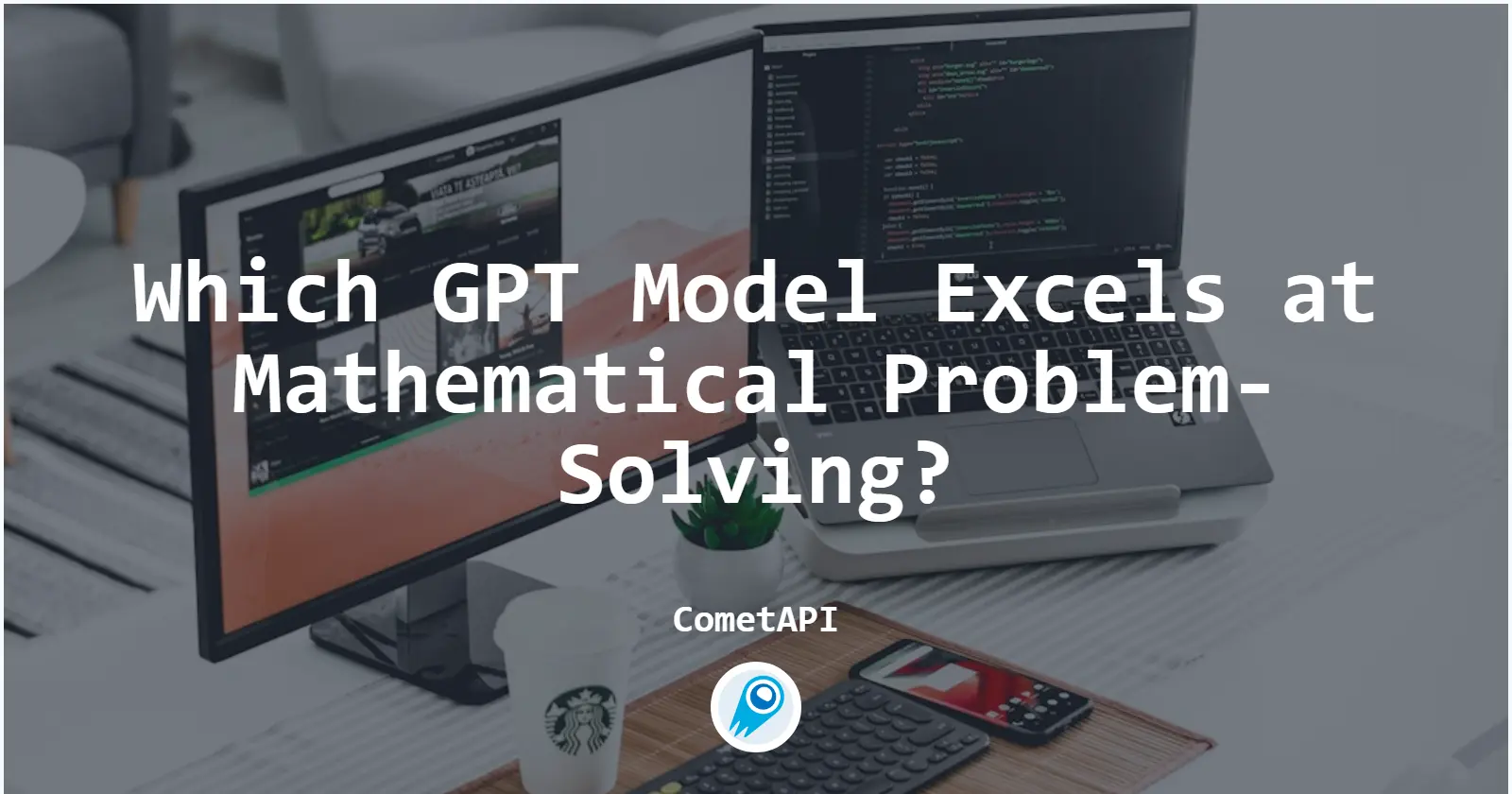
Which GPT Model Excels at Mathematical Problem-Solving?
Among its many applications, solving mathematical problems remains one of the most challenging tasks for large language models (LLMs).With multiple generations of GPT models and […]
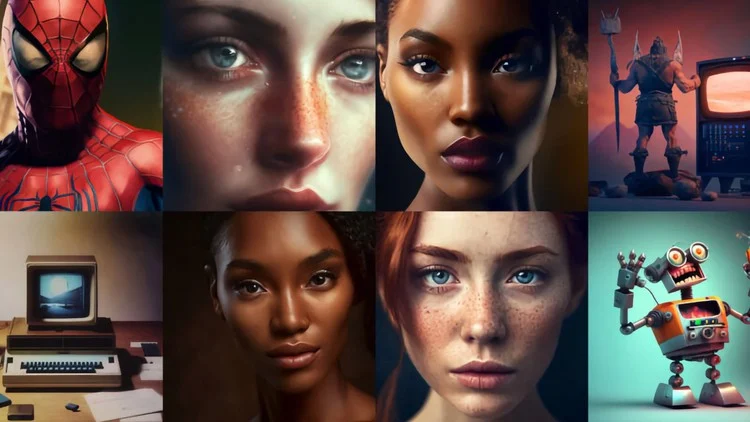
What is the Best AI Image Generators? (As of July 2025)
AI image generator have become indispensable tools for artists, designers, marketers, and researchers, transforming text prompts into vivid visuals in seconds. With rapid advances in […]
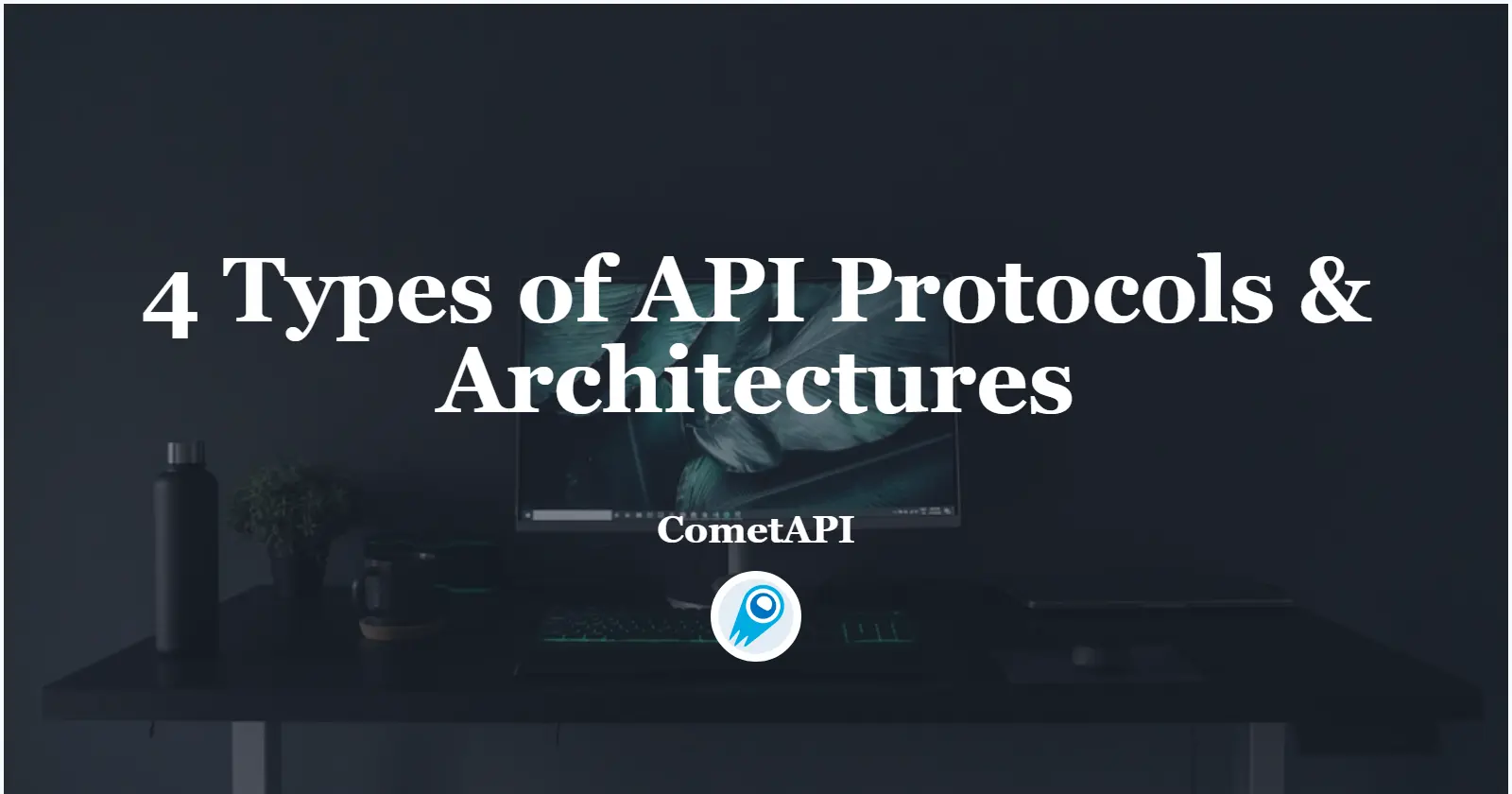
4 Types of API Protocols & Architectures: All You Need to Know
APIs (Application Programming Interfaces) form the backbone of modern software architectures, enabling disparate systems to communicate seamlessly. As organizations increasingly adopt microservices, cloud-native designs, and […]
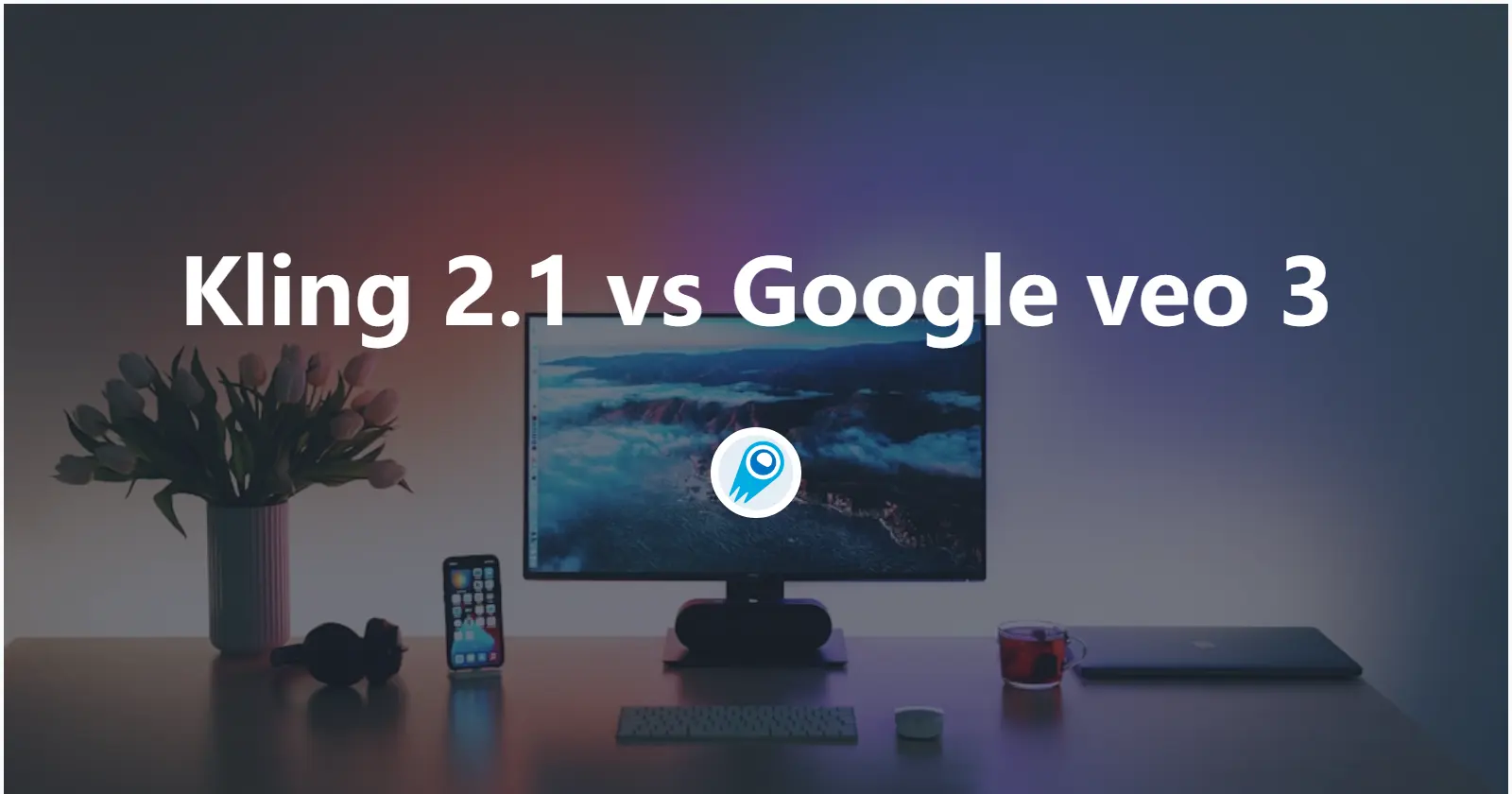
Kling 2.1 vs Google veo 3: A Comparative Analysis
You’ve probably come across two names making waves recently When you’re diving into AI video generation: Kling 2.1 and Veo 3, Google DeepMind’s most advanced […]
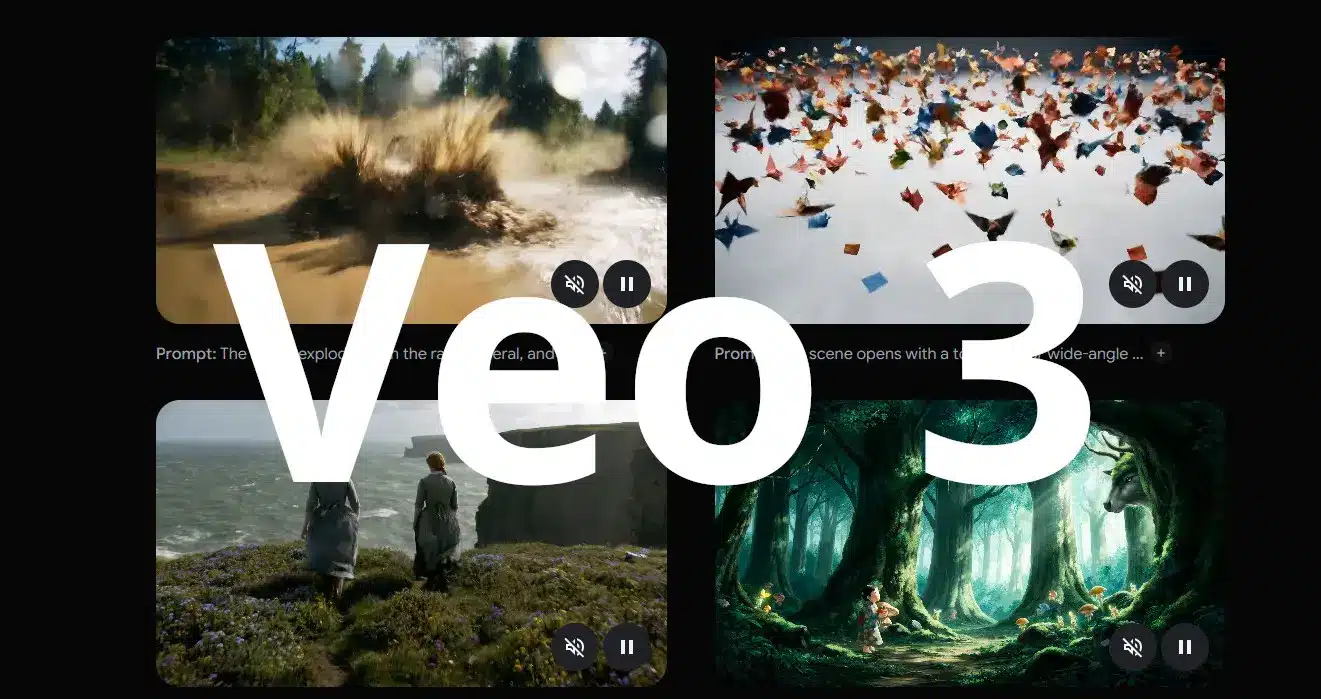
How to Prompt Veo 3?
I’m thrilled to dive into Veo 3, Google DeepMind’s groundbreaking AI video generation model. Over the past week, Veo 3 has dominated headlines, social feeds, […]
